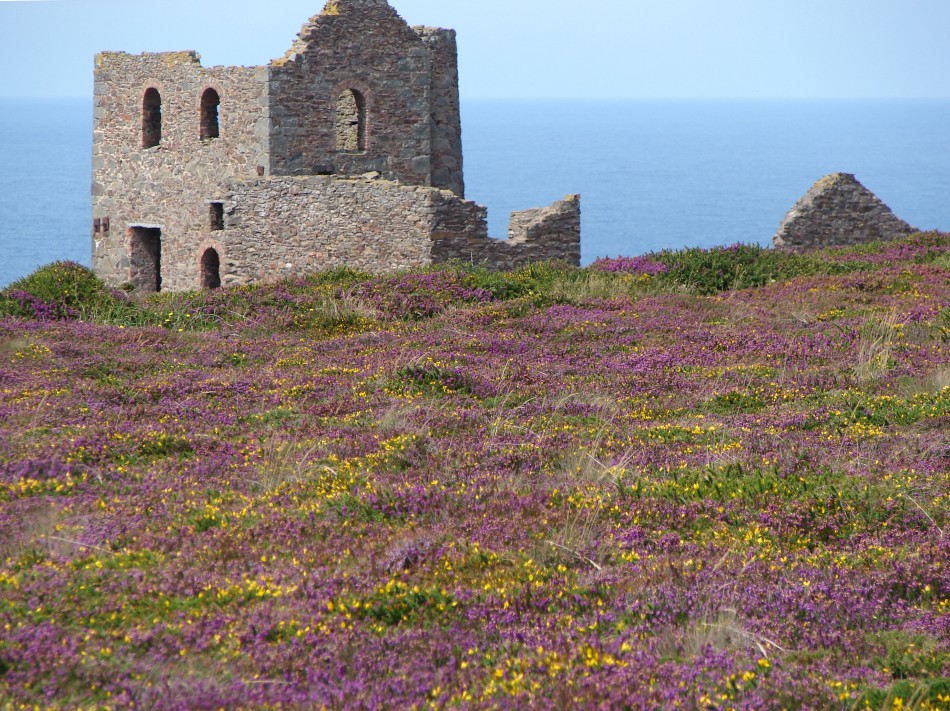Cornwall’s Ruined Tin Mines Listed as Must-See Place before You Die [PHOTOS]
Inactive tin mines in Cornwall have been listed alongside monuments like the Taj Mahal in India and natural wonders like the Northern Lights as a must-see sight before you die. The listing was made by US broadcaster CNN, as part of a list of 27 newly identified such sites.
The broadcaster described the Cornish mines, which produced copper and tin in the 18th and 19th centuries as "a thrillingly dramatic counterpoint to the rugged rocks and wild seas of Cornwall's north coast". The site contains remains of over 200 iconic Cornish engine houses; the largest concentration of such monuments anywhere in the world, according to Cornish Mining, the official Web site of the historical site.
UNESCO World Heritage Site
Select mining landscapes across Cornwall and West Devon were inscribed as UNESCO World Heritage Sites in 2006 and these mines also stand as testament to the contribution of Cornwall to industrial growth in Britain.
"Cornwall and west Devon's mining landscape, shaped during a period of intense industrial activity, is testimony to one of the greatest periods of economic, technological and social development Britain has ever known," Cornish Mining stated.
The Web site added Cornish mines also influenced the course of the Industrial Revolution elsewhere in the world, since the mine workers took their skills and technology to about 175 places across the globe. Cornwall, along with Wes Devon, is considered to the heartland of mining technology in an era which saw the most significant industrial and social impacts around the world.
"Its deep underground mines, engine houses, foundries, new towns, smallholdings, ports and harbours, and their ancillary industries together reflect prolific innovation which, in the early 19th century, enabled the region to produce two-thirds of the world's supply of copper," UNESCO said about the Cornish mines on its official Web site.
End of Cornish Tin Mines
The tin mines of Cornwall shut down by the end of the 19th century, in the wake of increasing competition from the rapidly growing global mining industry. Workers and miners migrated, taking their knowledge and technology to develop tin mines around the world. The last surviving Cornish mine was closed in 1998.
"Cornwall alone is thought to have lost between 250,000 to 500,000 people from around 1815 to 1915, the period defined as 'the Great Migration'. Today, there are an estimated six million people worldwide descended from migrant Cornish mine workers," Cornish Mining speculates.
Check out below a few photographs of the ruins of Cornish tin mines that form picturesque landscapes overlooking the north coast of Cornwall...






© Copyright IBTimes 2025. All rights reserved.






















